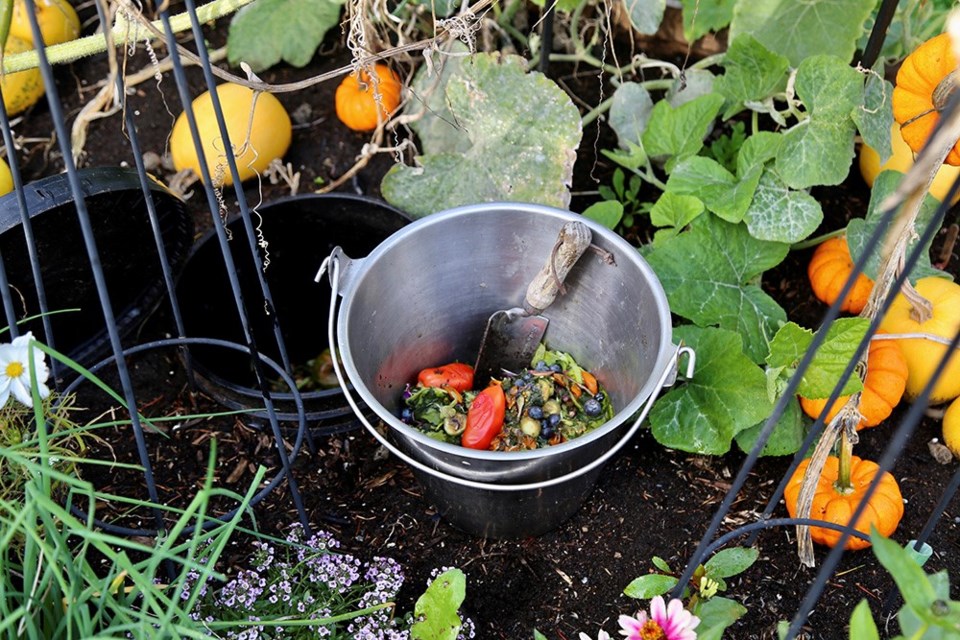Very soon, I predict, we will see purveyors of produce advertising the nutrient-density (nutritional bang for your buck) of their offerings. The market will demand it. As mainstream media and celebrity-endorsed documentaries educate and inspire us to consider the beneficial connections between organic land care, regenerative agriculture, soil-borne nutrition, and physical and mental health, we are driving change for the better en-masse.
We are inspired to educate our children – to teach them about the super cool soil food web and stellar mycelial networks before even we introduce them to the World Wide Web and social networks. We are inspired to think critically and care deeply about nature, and live regeneratively.
The deeper that I dive into permaculture, most particularly all things related to soil food web health and its parallels to the rise and fall of civilizations, the deeper my understanding that soil health is fundamental to human and planetary health.
Healthy soil grows healthy food, which in turn grows healthy humans. Healthy soil was designed by nature to work perfectly within natural systems fuelled by sunlight, moderated by weather systems and landscapes, and managed by complex relationships between millions of seen and unseen species of plants, fungi, bacteria, nematodes, arthropods, protozoa, myriad microorganisms, birds and animals, to turn solar energy into food for all terrestrial life forms.
In a complex but beautifully simple below-ground symphony, animate and inanimate elements sequester carbon and create a perfect soil-borne diet for plants to grow strong, healthy, naturally disease resistant, and naturally nutrient-dense.
When we mess with nature, farm inorganically, till and strip soil, and apply harmful chemicals, we upset the natural balance of things and grow plants that, while quite possibly beautiful, fall short in nutrient-density. Eating fresh nutrient-deficient produce is likely better than eating none, but we should nonetheless be aware of where our produce comes from, how it is grown, and whether or not we are getting the complex nutrition we need to thrive.
Better yet, we can grow our own produce, and grow it in "living soil." Living soil – soil that is top-dressed (not tilled) with organic compost, kept uniformly moist and protected by cover crops and mulch, fortified with microbiology, fungi and natural source macro and micro nutrients, and planted diversely with zone appropriate food and companion plants, including native species, can and will produce healthy, resilient, nutrient-dense crops that are naturally pest-resistant.
Does it happen overnight? No, but it can happen quickly. Perfect soil can take thousands of years to make from scratch – that is turn stone into soil, through erosion, breakdown by microorganisms, etc. Conversely, we can restore the huge quantities of spent and mismanaged soils (or dirt, a.k.a. dead soil) in our home gardens, farms, parks and public spaces relatively fast within just a few years, by mimicking nature.
The pending global fertilizer shortage can be a catalyst for change for the better. We can and should return to the old and regenerative ways of growing food, but also apply technology and our relatively new understanding of "how and why" that all worked. Several market and large-scale farmers have already done so, to huge environmental, social, and economic benefit.
One small thing that most home gardeners can do quickly, easily and inexpensively to enrich and aerate soil is install an in-bed worm compost for managing green kitchen waste. Sinking a small or large lidded, food-grade bucket drilled thoroughly with seven-millimetre holes, into a large planter or raised garden bed will provide a good home for compost worms to manufacture plenty of black gold worm castings (poop) all-natural fertilizer for your plants.
The green and brown biomass that the worms consume and excrete will move in and throughout the soil with the worms, and kickstart a microbiological waste-nothing symphony of its own. The worms will poop carbon-enriched castings which will attract other microorganisms, which will attract other organisms, all of which will poop and eat (each other and the poop) and decay and build soil structure and porosity, and so on and so on, all the while contributing to soil and plant health.
A handful of red wrigglers and a bucket can get you started. Have fun. Tell your friends.
Laura Marie Neubert is a West Vancouver-based urban permaculture designer. Follow her on Instagram @upfrontandbeautiful, learn more about permaculture by visiting her Upfront & Beautiful website or email your questions to her here.
For a taste of permaculture, click on the YouTube link below:
(Video - Courtesy of West Vancouver Memorial Library)




